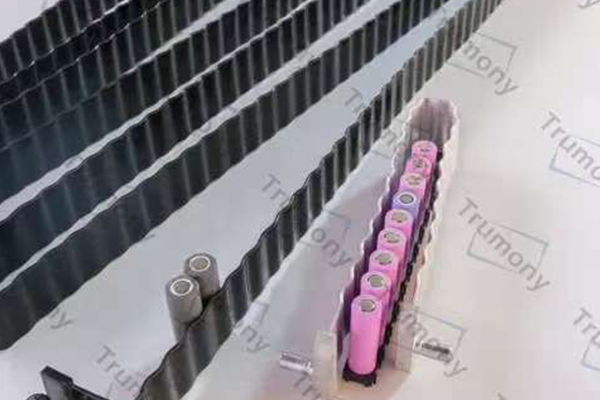Maintaining Optimal Battery Temperature
With the rapid growth of electric vehicles (EVs) and energy storage systems (ESSs), keeping battery temperature within an optimal range of 20–40°C has become essential. Excessive heat can damage battery capacity, shorten lifespan, and even lead to safety risks such as thermal runaway. Battery cold plates have therefore become indispensable components in thermal management systems, effectively preventing overheating and ensuring consistent battery performance.
How Battery Cold Plates Work
The operating principle of battery cold plates is simple yet efficient. Typically made from high-thermal-conductivity materials such as aluminum, copper, or advanced composites, these plates feature internal flow channels that allow a cooling fluid—commonly water-glycol mixtures or dielectric liquids—to circulate through them. When in direct contact with battery cells, the plate absorbs heat and transfers it to the circulating fluid. This process ensures even temperature distribution, eliminating hotspots that degrade performance.
Design Optimization for Performance and Efficiency
Cold plate design focuses on three core factors:
Material selection balances conductivity, weight, and cost. Aluminum (237 W/m·K) offers a cost-effective solution for most EVs, while copper (401 W/m·K) provides superior thermal performance for high-demand applications.
Flow channel geometry—whether serpentine, parallel, or 3D-printed complex structures—is engineered to enhance fluid coverage and minimize pressure loss.
System integration ensures the cold plate fits compactly within limited battery pack spaces while maintaining efficient heat transfer.
Diverse Applications Across Industries
Battery cold plates play a vital role in both EVs and ESSs. In electric vehicles, they regulate temperature during fast charging and high-speed driving, improving both range and charging efficiency. In large-scale ESSs, they maintain stable temperatures across extensive battery arrays, enhancing system reliability. They are also widely used in industrial applications such as forklift batteries and backup power systems, where consistent performance is crucial.
Innovations Shaping the Future
Future advancements in cold plate technology will emphasize greater efficiency and sustainability. Key trends include integrating temperature sensors for real-time monitoring, adopting environmentally friendly cooling fluids, and developing lightweight composite structures to reduce vehicle mass. As battery technology continues to evolve, cold plates will remain a cornerstone of safe, efficient, and high-performance energy storage systems.

